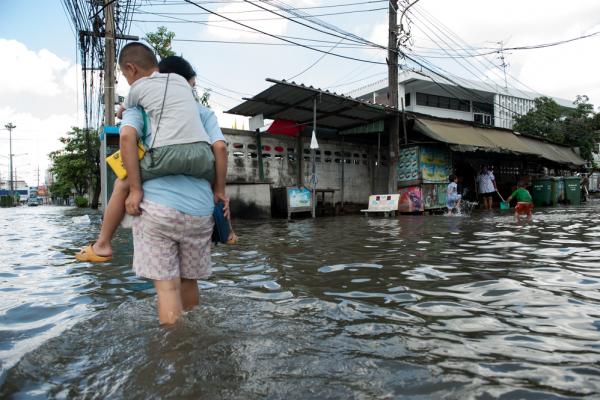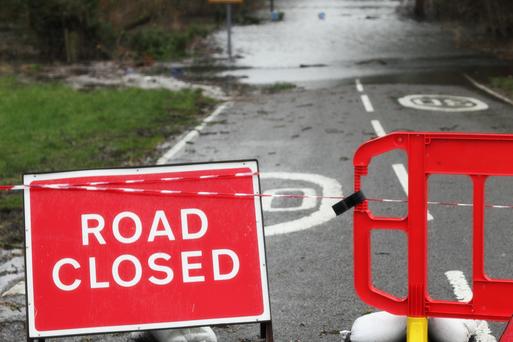By George M. Karagiannis, Engineering Leadership Group Director, Resilience First
Climate change is the crisis of this generation. It is changing the world economy structure, brings more frequent and more intense natural disasters, and presents a clear and present danger to critical infrastructure, the assets, systems, and networks that underpin our society. Today’s infrastructures were designed 50 or 100 years ago, based on past assumptions. Climate change is already stressing these same systems by exposing them to greater hazard intensities than what they were originally designed for, by expanding hazards in new areas, and by changing infrastructure demand patterns.
Infrastructure are public goods provided by private organisations. A range of challenges arise from the two different perspectives of risk and resilience. First, hazard mitigation projects have high cost-benefit ratios, but also come with unattractive cost structures. These include considerable cash outlays early on, followed by significant gains in terms of avoided damage in subsequent years.
Second, governments may have a lower risk tolerance than the private sector, because they have to consider many additional values. Both perspectives are legitimate but generate different approaches to risk management. Private sector strategies are predicated on efficiency, which prevents supply chains carrying the reserve capabilities they need to respond to disruptions. Furthermore, credit risk is often the most important risk metric in the private sector. And embedded in that risk analysis is the assumption that the future looks something like the past. But climate change is making this assumption increasingly incorrect. Nevertheless, the private sector needs shorter-term projections than most climate change analyses: 10 years is an eternity for most investment decisions.
Third, public policy often fails to provide solutions. The benefits of mitigation projects are nearly impossible to prove, because their outcome is the disasters that will not happen. Therefore, electorates typically favor disaster preparedness and response expenditure over mitigation. In addition, the lifecycle of most infrastructure projects far exceeds any measure of politically useful time. Critical infrastructure are also unequally regulated across geographies and functional areas.
Organisational resilience needs to become a strategic function using a comprehensive approach, encompassing all hazards, all phases of disaster management, all stakeholders, and all impacts.
- Investment decision-making needs to be supported with meaningful risk-based cost-benefit analyses which take into consideration the full range of economic and non-economic parameters of the new investment.
- Business continuity must reach beyond compliance and IT security.
- Enterprise risk management needs to be about more than credit and legal risk.
- Crisis management should not be only about communications.
With these challenges in mind, Resilience First and the International Coalition for Sustainable Infrastructure (ICSI), members of the Resilience Rising Consortium, came together to form the Engineering Leadership Group (ELG). The ELG is a new network of leading organisations committed to advancing infrastructure sustainability, resilience and climate action through a global advocacy campaign. It is designed to deliver the informed, respected, and much-needed voice of engineering-inclusive organisations to drive impact, inform policy decisions and investment priorities.
We would be pleased to work with partners of all sizes from local to national to global in order to achieve the vision of the ELG. For more information, please contact George Karagiannis at contact@resiliencefirst.co.uk.



